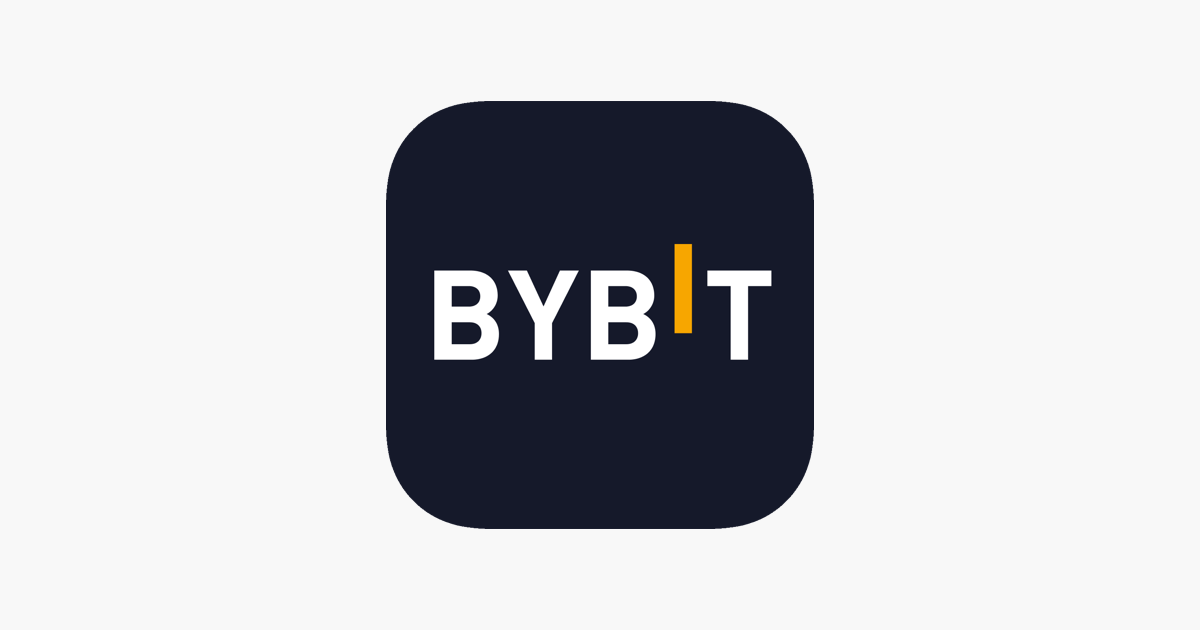Unraveling the Mystery: Understanding Bond ETF Yields
As investors, we're always on the lookout for reliable sources of income. Bond exchange-traded funds (ETFs) have become increasingly popular as a way to diversify portfolios and generate regular returns. But how do you determine the yield of a bond ETF? In this article, we'll delve into the world of bond ETF yields, exploring various calculation methods and what they can tell us about an ETF's performance.
The Importance of Yield Calculations
When evaluating a bond ETF, it's essential to consider multiple yield calculations to get a comprehensive picture. The Securities and Exchange Commission (SEC) 30-day yield, for instance, provides insight into the dividend and interest payouts over the past month, minus expenses. This calculation can give you a sense of the ETF's recent performance.
Another approach is to divide recent distributions by the net asset value (NAV) of the ETF. This method offers a snapshot of the ETF's yield based on its current holdings. Finally, there's the 12-month yield, which provides a longer-term perspective on an ETF's real-world behavior over the past year.
The Role of Bond Type in Yield Expectations
So, what can you expect from a bond ETF's yield? The answer lies in the type of bonds held within the fund. Corporate bonds tend to offer higher yields due to their greater risk profile, while government bonds, being less risky, typically provide lower yields. This is because investors demand a premium for taking on more risk, which translates into a higher yield.
Conclusion
When evaluating bond ETFs, it's crucial to consider multiple yield calculations to get a comprehensive understanding of an ETF's performance. By considering the SEC 30-day yield, NAV-based yield, and 12-month yield, you can gain valuable insights into the fund's recent and long-term behavior. Additionally, keep in mind that yields are influenced by the type of bonds held within the fund, with corporate bonds typically offering higher yields than government bonds.
As investors, it's essential to stay informed about bond ETFs and their yields. By doing so, you can make more informed investment decisions and optimize your portfolio for success.







